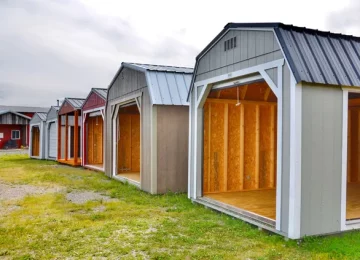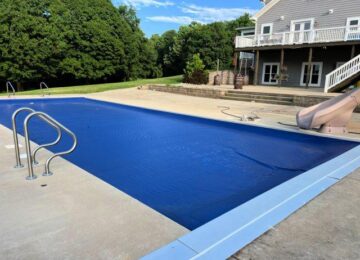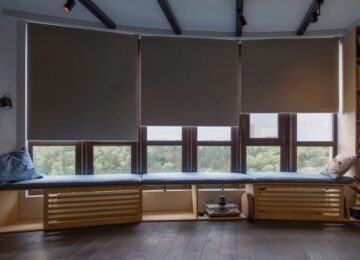Plywood, once relegated to structural applications, has evolved into a dynamic material that inspires modern design trends and techniques. From its humble beginnings as a cost-effective building material to its current status as a staple in contemporary interior and furniture design, plywood continues to captivate designers and homeowners alike. In this article, we explore the latest trends and innovative techniques in plywood design, highlighting the role of plywood suppliers and manufacturers in shaping these advancements.
The Evolution of Plywood in Design
From Functional to Fashionable: Plywood’s journey from utilitarian construction material to a sought-after element in interior design reflects its versatility and adaptability. Modern design trends emphasize sustainability, functionality, and aesthetic appeal, qualities that plywood seamlessly embodies.
Innovative Applications: Designers are increasingly pushing the boundaries of plywood’s capabilities, utilizing it in unconventional ways. From sculptural furniture pieces to modular building systems, plywood’s strength, flexibility, and affordability make it a preferred choice for innovative projects.
Modern Trends in Plywood Design
- Sustainable Materials:With growing environmental consciousness, there’s a significant shift towards sustainable materials. Plywood, sourced from renewable wood species and manufactured with minimal environmental impact, aligns perfectly with this trend.
- Minimalist Aesthetics:Clean lines and minimalist aesthetics are prominent in contemporary design. Plywood’s natural grain patterns and simplicity lend themselves well to creating sleek, uncluttered interiors and furniture pieces.
- Integration of Technology:Advancements in technology have enabled precise cutting, shaping, and finishing of plywood. Computer-aided design (CAD) and manufacturing (CAM) techniques allow for intricate detailing and customization in plywood-based designs.
Techniques in Plywood Design
- Layering and Laminating:Layering plywood sheets can create depth and visual interest in furniture and architectural elements. Laminating different wood veneers or combining plywood with other materials like metals or glass enhances design versatility.
- Curved Plywood:Bending plywood into curved shapes opens up new possibilities in furniture design. Techniques such as steam bending or laminating thin plywood layers allow for the creation of organic forms and ergonomic seating solutions.
- Sustainable Finishes:Using eco-friendly finishes and coatings further enhances plywood’s sustainability profile. Water-based stains, natural oils, and low-VOC (volatile organic compound) finishes preserve the material’s natural beauty while reducing environmental impact.
The Role of Plywood Suppliers and Manufacturers
- Quality Assurance: Plywood suppliers and manufacturers play a crucial role in ensuring the quality and consistency of plywood products. They source raw materials responsibly, adhere to industry standards, and innovate in production techniques to meet evolving design demands.
- Customization and Collaboration:Collaboration between designers and plywood suppliers/manufacturers fosters innovation. Suppliers offer customization options, including different grades, sizes, and finishes, to tailor plywood to specific project requirements.
- Industry Trends and Market Insights: Plywood manufacturers monitor industry trends and consumer preferences, providing valuable insights to designers and architects. They introduce new product lines, conduct research on sustainable practices, and support design innovation through educational initiatives.
Conclusion
Innovative plywood design continues to redefine modern interiors and furniture with its versatility, sustainability, and aesthetic appeal. From sustainable materials and minimalist aesthetics to advanced manufacturing techniques and collaborative partnerships, plywood remains at the forefront of design innovation.
As designers and homeowners embrace the possibilities of plywood, driven by creativity and supported by reliable suppliers and manufacturers, the future of plywood design promises to be even more exciting and transformative. Embrace these modern trends and techniques to create spaces that reflect contemporary design ethos while honoring the timeless appeal of plywood.











